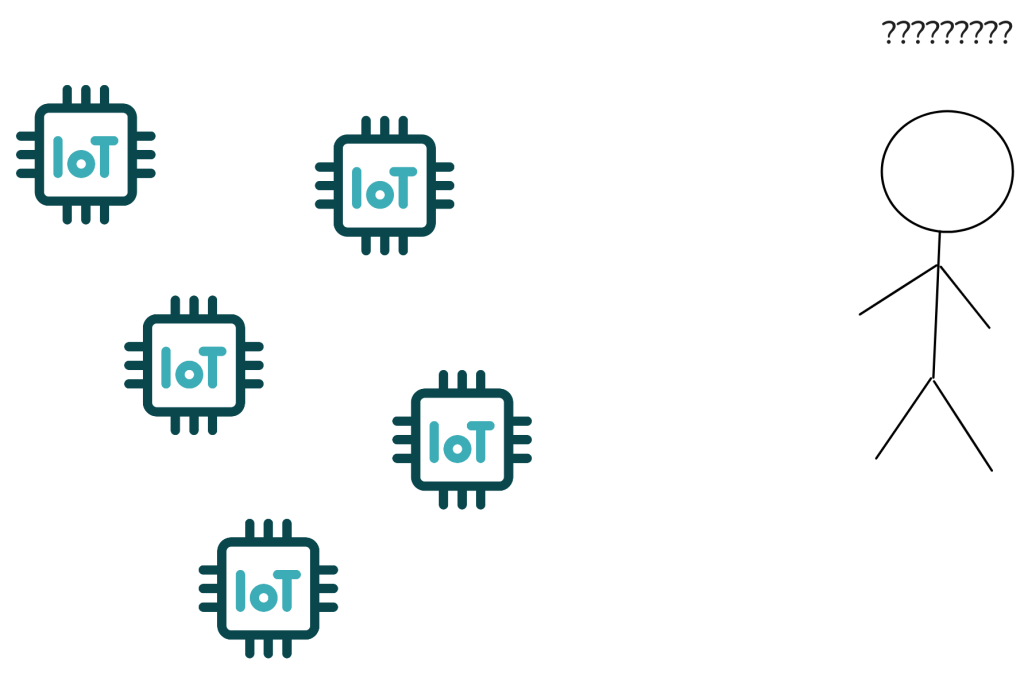Human Friendly Industrial Device IDs
Do you deploy 10’s to 1000’s of devices and need to quickly identify them in the field for configuration, maintenance, or troubleshooting? This article explores how this can be made much easier by using device IDs that are easy for humans to process.

In a previous article (A Survey of device ID mechanisms), we explored some of the commonly used options (MAC addresses, UUID, 2D barcodes, etc.). However, most of these are optimized for consumer devices and scenarios where machines process the IDs.
Why are human-friendly IDs important? Consider a few scenarios:
Read More »Human Friendly Industrial Device IDs